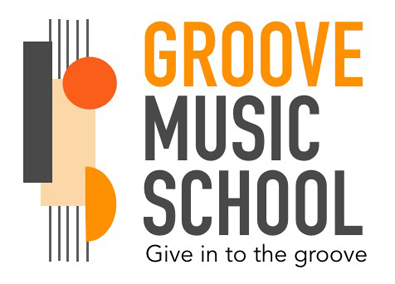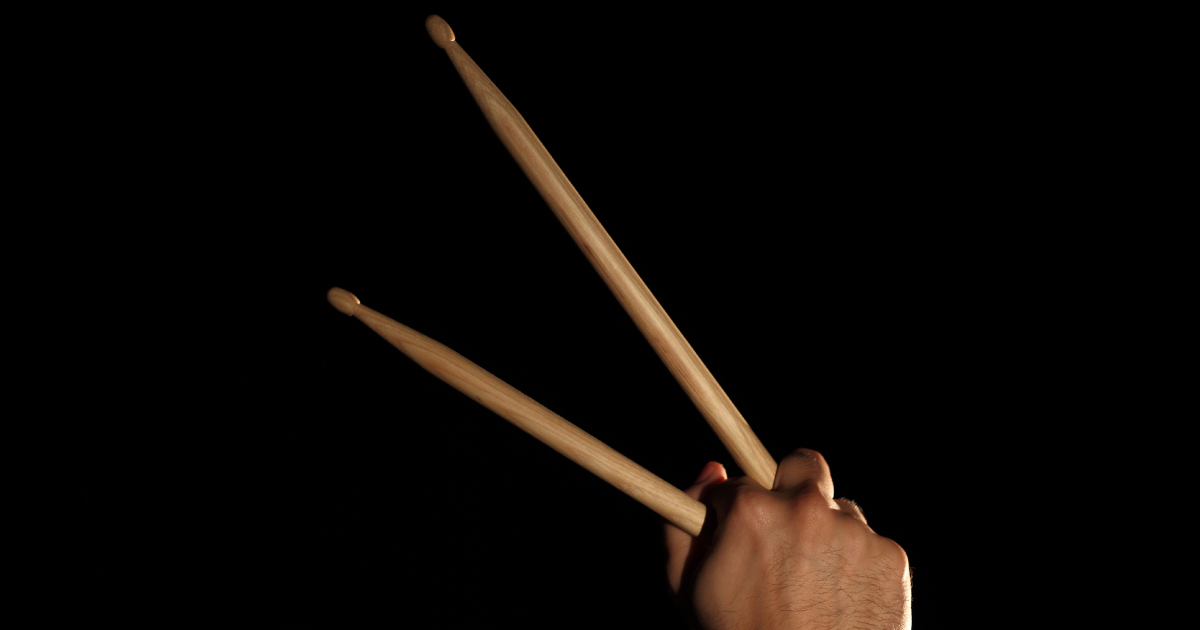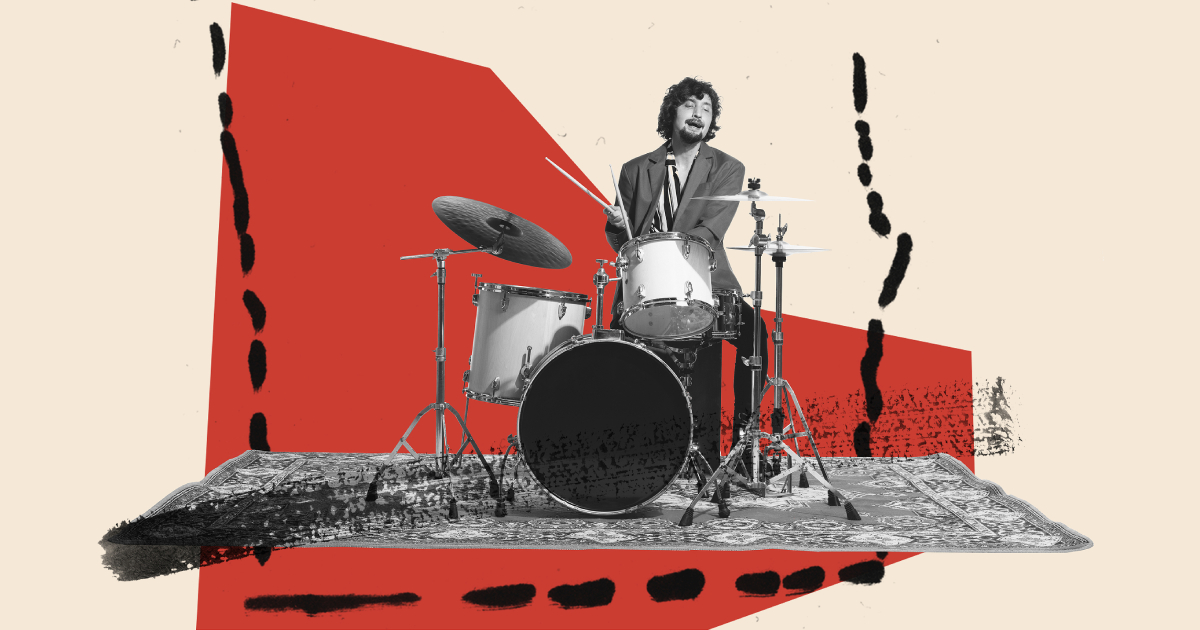groove music school blog: all about music, drum, singing, piano & guitar
Exploring Different Drum Genres: Jazz, Rock, Blues, & Beyond

Exploring Different Drum Genres: Jazz, Rock, Blues, & Beyond
Drums are the heartbeat of music, setting the rhythm and driving the energy of a song. As a drummer, exploring different genres expands your skills and opens up new creative possibilities. Whether you're a beginner or an experienced player, understanding the nuances of various drumming styles is essential. In this article, we delve into the distinct characteristics of jazz, rock, blues, and beyond, highlighting what makes each genre unique and how you can master them.
Jazz Drumming
Jazz drumming is often considered the most complex and nuanced style. Originating in the early 20th century, jazz is characterised by its emphasis on improvisation, syncopation, and swing. Drummers in this genre must be adept at keeping time while also contributing to the dynamic flow of the music.
Key Characteristics:
- Swing Feel: The hallmark of jazz drumming is the swing feel, where the beat is divided into triplets rather than the usual binary subdivision. This creates a distinctive groove that is both smooth and energetic.
- Brushes and Sticks: Jazz drummers often use brushes to create a softer, more delicate sound, especially in ballads and quieter sections. Sticks are used for louder, more dynamic passages.
- Independence: Jazz drumming requires a high level of limb independence. Drummers often play complex rhythms on the ride cymbal while their left hand, bass drum, and hi-hat contribute additional layers of rhythm.
Rock Drumming
Rock drumming is perhaps the most straightforward and powerful of the genres. Emerging in the 1950s and 60s, rock music is characterised by its strong backbeat and driving rhythms. The primary role of a rock drummer is to provide a solid foundation for the rest of the band.
Key Characteristics:
- Backbeat Emphasis: The defining feature of rock drumming is the backbeat, where the snare drum hits on the second and fourth beats of a measure, creating a strong, steady rhythm.
- Powerful Strokes: Rock drumming often involves playing with a lot of force to cut through the loud guitars and vocals.
- Simplicity and Consistency: While rock drumming can be complex, it often prioritises consistency and simplicity to maintain the song's energy.
Blues Drumming
Blues drumming, with roots stretching back to African American communities in the late 19th century, is the foundation of many other music genres, including rock and jazz. Blues drumming is characterised by its emphasis on feeling and groove rather than technical complexity.
Key Characteristics:
- Shuffle Rhythm: The shuffle is a key rhythm in blues, creating a laid-back, swinging feel. This is achieved by playing a triplet feel, where the second note is often ghosted or played softly.
- Call and Response: Blues music often involves a call-and-response pattern between the vocals and the instruments, including the drums.
- Emotion and Groove: Blues drummers focus on conveying emotion and maintaining a solid groove rather than displaying technical prowess.
Beyond: Exploring Other Genres
Beyond jazz, rock, and blues, there are countless other genres that offer unique drumming styles. Each genre provides its own challenges and opportunities for growth.
Funk Drumming:
Funk drumming is all about groove and feel. It emphasises syncopation and tight, intricate rhythms. The hi-hat is often used to create a “chick” sound on every beat, and ghost notes on the snare add complexity.
Latin Drumming:
Latin music features a wide variety of rhythms, including the clave, samba, and bossa nova. Latin drumming requires a strong sense of independence and coordination, often involving multiple percussion instruments.
Metal Drumming:
Metal drumming is characterised by its speed, power, and precision. Double bass drumming is common, and the use of blast beats creates an intense, relentless rhythm.
Reggae Drumming:
Reggae drumming emphasises the offbeat, creating a laid-back, relaxed feel. The one-drop rhythm, where the snare and bass drum hit together on the third beat of the measure, is a signature of reggae music.
Mastering Different Drum Genres
As a drummer, exploring different genres enhances your versatility and musicianship. Here are some tips to help you master these styles:
1. Listen and Learn
Immerse yourself in the music of each genre. Pay attention to the drummers and try to emulate their style.
2. Practice Independently
Work on developing limb independence and hand-foot coordination, especially for complex genres like jazz and Latin.
3. Focus on Groove
Regardless of the genre, maintaining a solid groove is crucial. Practice playing along with a metronome to develop your timing.
4. Experiment with Techniques
Don’t be afraid to experiment with different techniques and tools, such as brushes for jazz or double bass pedals for metal.
Conclusion
Exploring different drum genres is an exciting journey that broadens your musical horizons and hones your skills. Each genre has its own unique characteristics and challenges, from the swing of jazz to the power of rock, the groove of blues, and beyond. Whether you're just starting out or looking to expand your repertoire, embracing these styles will make you a more versatile and expressive drummer.
Ready to start your drumming journey? Groove Music School offers beginner drum lessons to help you get started. Learn the fundamentals and discover the joy of drumming across various genres with experienced instructors.
To learn more, contact us today!





